
How many carbs in moong dal per 100g?
Moong dal has carved a coveted spot in kitchens globally. This versatile lentil is not only delicious but also a serious nutritional MVP. The popularity of moong dal extends beyond its flavor - it packs some serious health perks!
In many cultures, moong dal stars as a dietary staple thanks to its stellar combo of essential protein and adaptable nature for cooking up anything from soups to curries. As a health-focused foodie, understanding what comprises this humble legume becomes key intel.
In our exploration here, we’ll zero in on one particular area - the carb content per 100 grams hiding within moong dal. Though it doesn’t grab headlines like protein counts, quality carbs fuel our body’s everyday needs.
Nutritional Composition of Moong Dal
Moong dal is more than just a delightful addition to your plate; it's a nutritional powerhouse. Beyond its reputation for protein richness, moong dal boasts a well-rounded nutritional profile. Protein, fiber, vitamins, and minerals collectively make this legume a stellar choice for those aiming for a balanced and healthy diet.
Let's start with protein—the backbone of muscle development and repair. Moong dal's protein content makes it an excellent vegetarian source for those looking to meet their protein needs. It's a smart inclusion for vegetarians and vegans, ensuring they get the essential amino acids vital for bodily functions.
Moving on to fiber, moong dal contributes significantly to digestive health. Fiber aids in digestion, helps maintain a healthy weight, and regulates blood sugar levels. This makes moong dal not just a taste enhancer but a friend to your digestive system.
The vitamin and mineral content in moong dal, including folate, iron, potassium, and vitamin B, further enhances its nutritional value. These elements play crucial roles in blood formation, nerve function, and overall well-being.
Nutritional value of moong dal per 206 grams:
Calories |
236 |
Protein |
16 g |
Carbohydrates |
41 g |
Dietary Fibre |
16 g |
Total Fat |
2.1 g |
Sugar |
5.8 g |
Sodium |
465 mg |
Carbohydrates in Moong Dal: An In-Depth Analysis
Now, let's zoom in on the carbohydrates in moong dal, a crucial aspect often overshadowed by its protein content. Moong dal contains a mix of complex and simple carbohydrates, each playing a unique role in our nutritional intake.
Firstly, complex carbohydrates in moong dal are a slow-release energy source. These carbohydrates take time to break down, providing a sustained release of glucose into the bloodstream. This slow and steady energy release helps in maintaining stable blood sugar levels, making moong dal an excellent choice for those aiming to manage their energy levels throughout the day.
On the flip side, moong dal also contains simple carbohydrates, offering a quick energy boost. While complex carbs provide sustained energy, simple carbs give us that instant pick-me-up. It's this combination that makes moong dal a versatile ingredient, catering to both immediate and long-term energy needs.
Understanding the impact of these carbohydrates on our health is crucial. The slow-digesting complex carbs contribute to a feeling of fullness, aiding in weight management by curbing unnecessary snacking. Moreover, the controlled release of glucose helps in avoiding sudden spikes and crashes in energy levels.
For those engaged in physical activities, the carbohydrate content in moong dal becomes particularly beneficial. Whether you're hitting the gym or going for a jog, the mix of complex and simple carbs in moong dal provides the fuel your muscles need, enhancing endurance and performance.
In essence, moong dal isn't just about proteins; it's a well-rounded energy package. The carbohydrates in moong dal contribute to a balanced diet, providing sustained and immediate energy, making it an ideal choice for those mindful of their overall well-being.
Comparison with Other Lentils
Now, let's put moong dal side by side with other commonly consumed lentils, exploring how their carbohydrate content varies and the implications this has on dietary choices and nutritional benefits.
Lentils, known for their protein and fiber content, do exhibit differences when it comes to carbohydrates. Moong dal, with its unique nutritional profile, stands out. In comparison to other lentils like red lentils or chickpeas, moong dal tends to have slightly lower carbohydrate content.
This variation might be a crucial factor for individuals with specific dietary requirements. If you're aiming for a lower-carb diet, moong dal could be a strategic choice. On the other hand, those looking for a more substantial carbohydrate intake might opt for lentils with a higher carb content.
The impact on nutritional benefits is noteworthy. For individuals managing conditions like diabetes or those focusing on weight management, understanding these differences in carbohydrate content becomes pivotal. Moong dal, with its moderate carbohydrate levels, offers a balanced option for those seeking nutritional benefits without compromising on taste and variety.
Additionally, considering the glycemic index of lentils is crucial. Moong dal, with its lower glycemic index compared to some other lentils, may be a preferable choice for those aiming to regulate blood sugar levels.
In essence, the carbohydrate content in moong dal plays a role in shaping dietary choices. It's about aligning your preferences and nutritional goals. Whether you're focusing on weight management, blood sugar control, or overall well-being, understanding these nuances helps you make informed decisions about the lentils you include in your meals.
Cooking and Carbohydrate Retention
Firstly, soaking moong dal before cooking is a common practice. This not only reduces cooking time but also aids in breaking down some of the complex carbohydrates. As a result, the soaked moong dal may have a slightly lower carbohydrate content compared to its unsoaked counterpart. However, it's essential to note that the reduction is minimal, and the benefits of soaking extend beyond carbohydrate content, contributing to easier digestion.
Boiling moong dal is another cooking method that deserves attention. While the carbohydrate content remains relatively stable during boiling, this process enhances the legume's digestibility. Boiling breaks down the starches, making them more accessible for our bodies to absorb. So, although there might be subtle changes in carbohydrate structure, the overall impact on nutritional value is positive.
Sprouting moong dal is a unique technique that not only alters the carbohydrate content but also enhances the nutritional profile. As moong dal sprouts, there's a conversion of starches into simpler sugars. This process may result in a decrease in overall carbohydrate content while increasing the availability of certain nutrients. Sprouted moong dal becomes a powerhouse of enzymes, vitamins, and minerals, offering a nutrient-dense alternative.
Addressing a common misconception, cooking moong dal doesn't drastically increase its carbohydrate content. In fact, the cooking process generally has a minimal effect on the overall carbohydrate levels. What it does, however, is make the carbohydrates more digestible and the nutrients more bioavailable.
In conclusion, the way we cook moong dal can subtly influence its nutritional composition, but the impact on carbohydrate content is generally modest. Whether soaked, boiled, or sprouted, moong dal retains its position as a nutritious and versatile ingredient, ready to complement your culinary endeavors and contribute to your overall well-being.
Our verdict on Moong Dal
In wrapping up our exploration, moong dal emerges as not just a culinary delight but a nutritional gem. When it comes to carbohydrates per 100g, moong dal strikes a balance, offering both complex and simple carbs, providing sustained and immediate energy.
Its nutritional profile extends beyond carbohydrates, boasting significant protein, fiber, vitamins, and minerals. As a versatile ingredient, moong dal complements various dishes, contributing to muscle development, digestive health, and overall well-being.
Considering moong dal's lower carbohydrate content compared to some lentils, it becomes a strategic choice for those aiming for a balanced diet. Whether you're managing diabetes, focusing on weight management, or simply aiming for a nutrient-dense diet, moong dal deserves a place on your plate.
The impact of different cooking methods on moong dal's carbohydrate content is minimal but noteworthy. Soaking, boiling, and sprouting may bring subtle changes, but the nutritional benefits they impart extend beyond mere carbohydrate levels.
In essence, moong dal is an ally in crafting a health-conscious diet. It's a source of essential nutrients that contribute to your overall health. As we conclude, the invitation is extended to consider moong dal as a beneficial component of your meals. Embrace its nutritional richness while staying mindful of your overall carbohydrate intake. Let moong dal be a flavorful and nutritious addition to your culinary journey, enriching your diet and promoting a healthier lifestyle.
This Blog post is an initiative by Lo Foods, to provide accurate and Nutritionist / Doctor approved information related to Health. Lo Foods is India's leading brand for Everyday Functional Foods. Foods designed for specific Health conditions or Needs. Lo Foods also runs India's largest range of Low Carb Healthy Cloud Kitchens, under the brand names of Lo!, ProteinChef, ATH (All Things Healthy) and DiabeSmart.





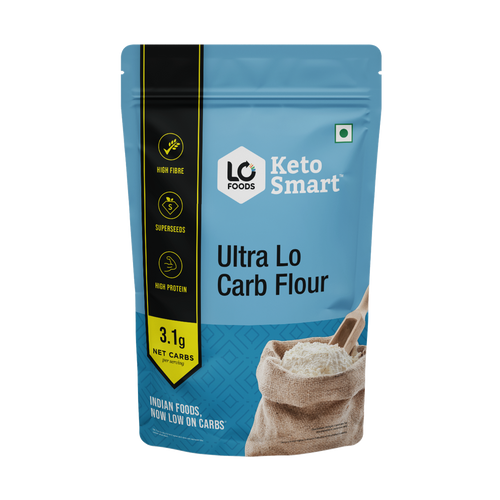
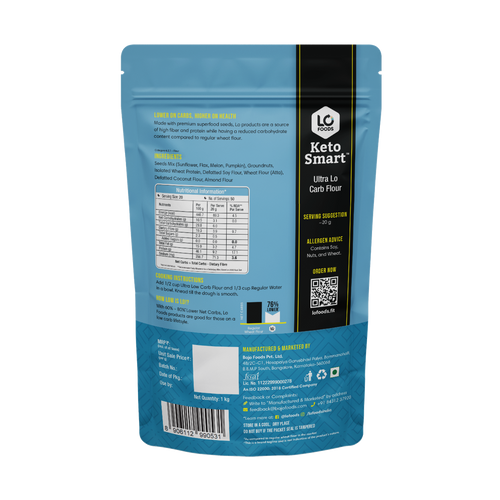
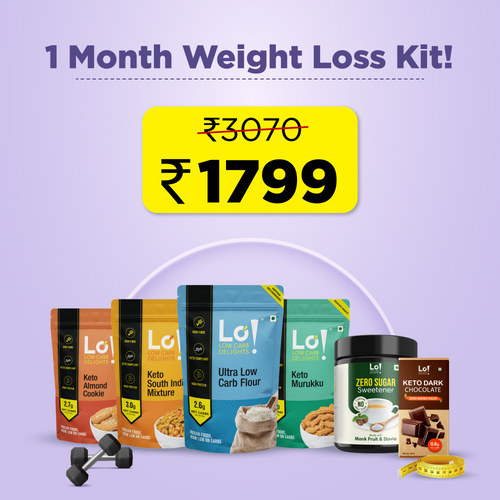
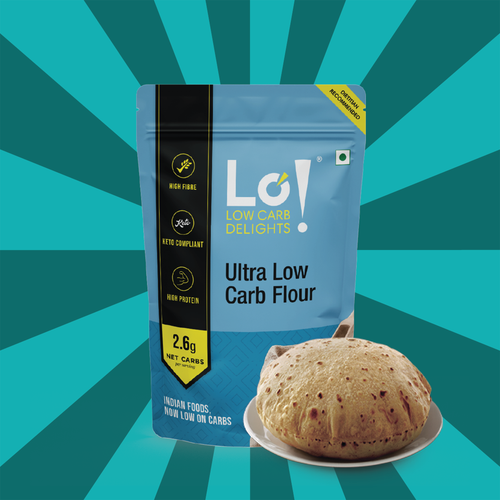


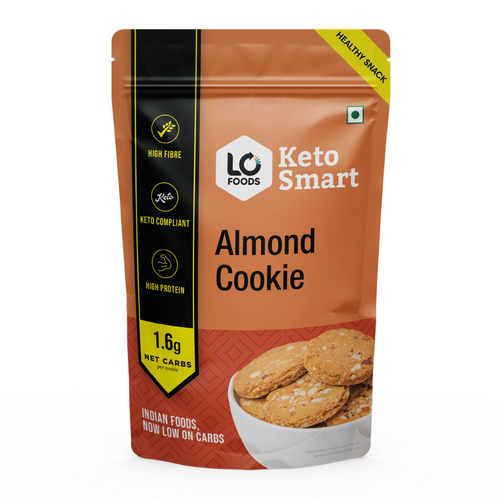





Leave a comment
Your email address will not be published.